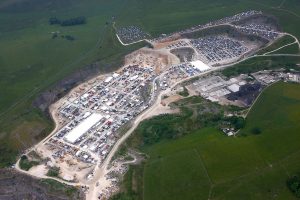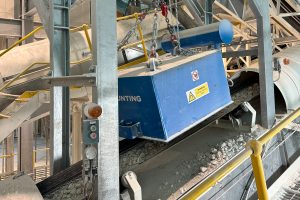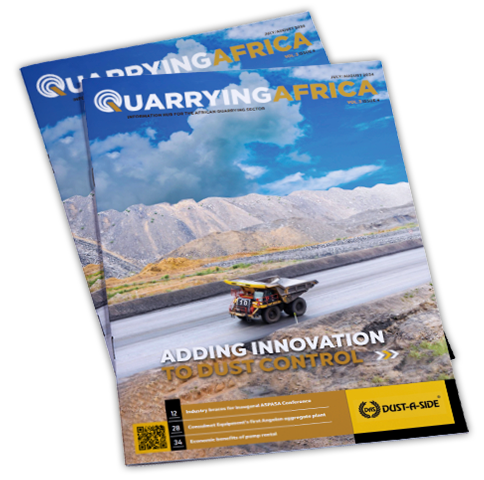The rapid evolution of Collision Avoidance Systems (CAS) for surface mines has embraced technologies such as satellite positioning systems, radar and smart vision. Leading CAS specialist Booyco Electronics also points to the value of sensors and tracking technology.
By capturing and processing more data in real time there is growing potential for these systems to make surface mining even safer.
Underpinning the success of CAS has been years of intensive research and development, says Booyco Electronics CEO Anton Lourens. This work has actively embraced various new and existing technologies, further raising the reliability and functionality of CAS.
“Pioneering companies like Booyco Electronics – in this game for over 16 years – have taken advantage of developments in satellite positioning systems, for instance,” says Lourens. “This has enabled us to achieve greater performance in collision algorithms.”
“We have become interested in smart vision systems that allow intelligent perception of people, vehicles, objects and other risks,” he says. “Wearable technology also allows us to enhance context and to readily distribute safety information. New technologies have even allowed us to embrace cutting edge fatigue detection solutions.”
He explains that Industry 4.0 has brought levels of digitalisation and automation that could not be envisaged until recently. In response, Booyco Electronics has invested vigorously in software-based solutions, paving the way for increased flexibility to customise solutions for specific needs.
“This has meant that our equipment can be improved and customised through its software elements rather than its hardware,” he says. “Functionality can therefore be adapted more easily, and can be applied remotely through a wireless connection instead of requiring in-person attention on site.”
Rapid developments in sensor and tracking technology were also delivering exciting opportunities to advance CAS capabilities. Integration is really the key to success in these endeavours, he argues.
“We have progressed considerably down the path of combining the power of sensors with information technology,” says Lourens. “This allows us to capture extensive data about the respective locations of personnel and machinery through PDS.”
Digitalisation gives Booyco Electronics the ability to upload and analyse this data in real time, so that it can inform on-mine decisions and enhance safety strategies. More than this, CAS can now contribute to emerging automated mine ecosystems. As autonomous mining is gradually rolled out in the sector, CAS can be relied upon to support this process with the necessary safety levels.





![Data from the World Risk Poll shows that one in five (21%) people in mining and quarrying occupations have experienced harm at work in the past two years. [Photo by Shane McLendon on Unsplash]](https://quarryingafrica.com/wp-content/uploads/2024/10/shane-mclendon-89hUOLtVfoI-unsplash-300x225.jpg)
